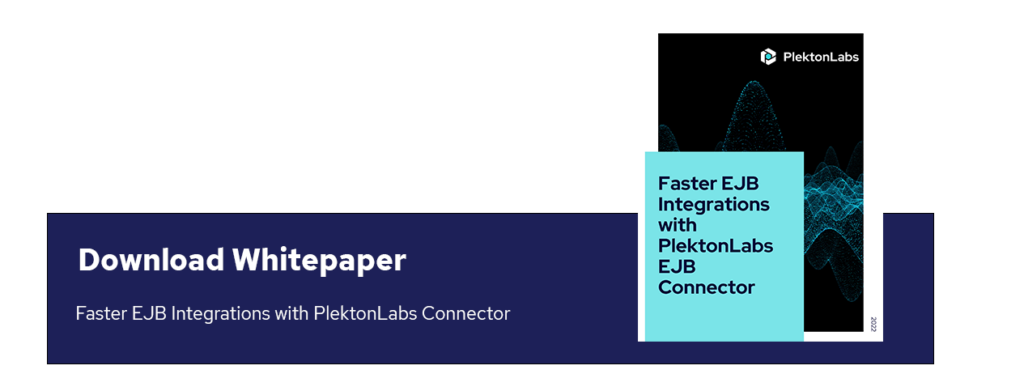The telecommunications industry is in the midst of a shift, from rigid, infrastructure-bound systems to agile, API-driven networks that dynamically respond to user needs. One of the most promising developments in this evolution is Quality on Demand (QoD): the ability to offer enhanced, temporary network performance based on real-time demand. When paired with dynamic pricing, QoD transforms network quality into a monetization asset, one that’s intelligent, responsive, and customer-centric.
This article explores how dynamic pricing and QoD work together to create new value streams, improve resource efficiency, and unlock a new layer of flexibility in telecom services. For the TMForum Catalyst Community, it represents an opportunity to advance interoperability, develop standardized approaches, and lead in shaping the future of network service delivery.
What is Quality on Demand?
QoD allows users to request a temporary boost in network performance during high-demand situations, such as at concerts, sports events, or during large-scale virtual meetings. Behind the scenes, the system evaluates network congestion and resource availability, then uses AI to assign a dynamic price for the enhanced experience.
This approach shifts network quality from a fixed resource into a flexible, real-time service. Instead of enduring peak periods, customers can choose to pay for improved connectivity, creating a win-win scenario where user needs are met and networks generate incremental revenue.
How Dynamic Pricing Powers QoD
Dynamic pricing is what enables QoD to be both technically feasible and economically viable. Here’s how it works:
- Real-Time Data Collection: The network continuously monitors congestion, usage trends, and available capacity.
- AI-Driven Pricing Engines: Machine learning models evaluate the context, time of day, usage spikes, and historical patterns to set optimal pricing.
- Transparent Billing: Dynamic charges are integrated into existing billing systems, ensuring pricing accuracy and customer clarity.
This structure supports consumer and enterprise use cases while creating an elastic approach to network management.
Real-World Inspiration
Industry pilots have already shown how these concepts work in practice:
- On-demand Network Boosts: Some operators have launched services that allow users to purchase a speed boost during congested hours, offering a real-world testbed for dynamic pricing.
- 5G Slicing-as-a-service: Pilot programs in Europe are enabling users to trigger dedicated G slices for a limited time. These slices are provisioned based on real-time conditions and priced dynamically to reflect network load.
Such initiatives highlight the growing maturity of the ecosystem and the appetite for services that adapt to situational demands.
Why Standardization Matters
For these models to scale, cross-industry consistency is critical. TMForum’s Open APIs and Digital Maturity Model provide the backbone for ensuring interoperability and predictable service quality. Through standardization, we ensure that:
- Developers get consistent access to QoD capabilities across networks.
- Operators can automate provisioning and billing in multi-vendor environments.
- Customers enjoy uniform experiences, regardless of operator or geography.
By embracing these standards, the Catalyst community can accelerate the shift from experimentation to full-scale implementation.
Opportunities and Challenges Ahead
Opportunities
- New revenue models: Monetizing quality on-demand offers fresh value streams without massive infrastructure investments.
- Improved network utilization: Resources are allocated more efficiently, reducing waste and peak hour strain.
- Customer-centric services: Users gain greater control over their experience, especially for applications like live streaming, gaming, and remote work.
Challenges
- Technical Complexity Real-time analytics, AI pricing engines, and seamless billing require robust infrastructure and coordination.
- Cross-ecosystem alignment: Success depends on aligning operators, developers, and service providers through standardized processes.
- User-trust: Dynamic pricing must be transparent, fair, and easy to understand to build consumer confidence.
Conclusion
The path forward lies in collaboration. By standardizing APIs, embracing AI-driven pricing models, and designing with transparency in mind, the telecom industry can turn QoD from a pilot concept into a mainstream service. For Catalyst teams, this is the moment to lead, shaping scalable, adaptable frameworks that meet evolving customer demands while driving sustainable growth.





